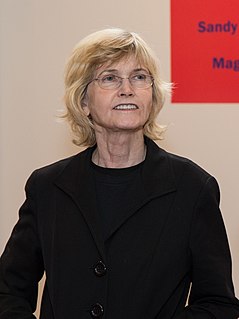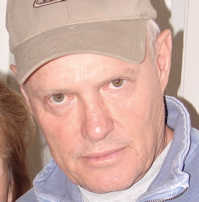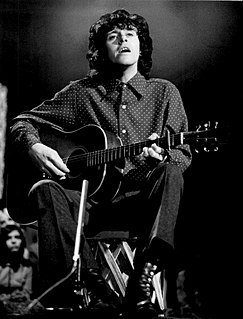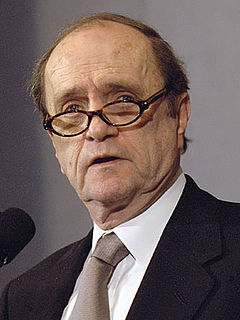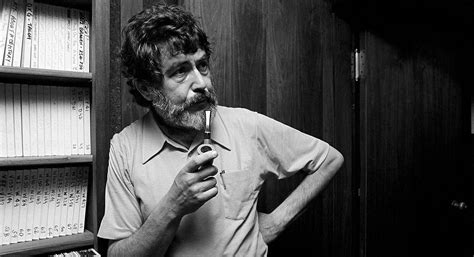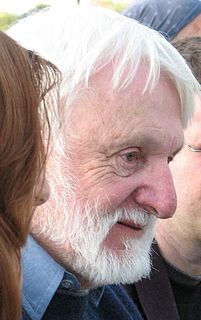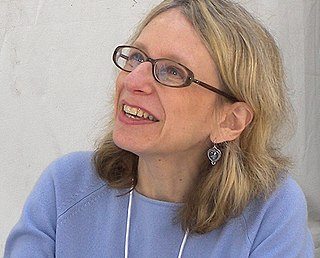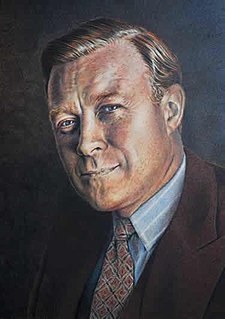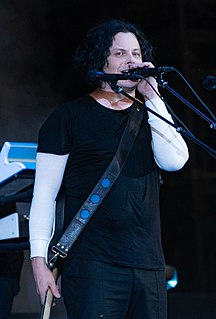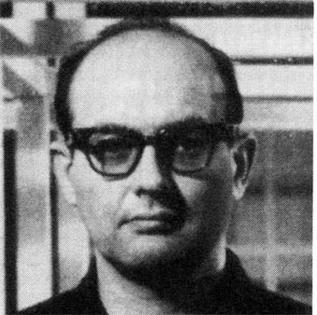A Quote by Dan Graham
A [spatial, temporal] work had only to be exhibited in a gallery and then written about and reproduced as a photograph in an art magazine. Then this record of the no longer extant installation, along with accretions of information after the fact, became the basis for its fame, and to a large extent its economic value.
Related Quotes
I think I'm really fortunate to be an installation artist who is heavily invested in photography: I don't have the emotional problems with the loss of work that some installation artists have. The photographs wouldn't exist without the installation... but at the same time, I think I'd kill myself if I only did installations. There's something deeply tragic about doing work that you know is temporal.
'Point Omega' starts in an art gallery, where an unnamed man is watching, day after day, a 24-hour version of 'Psycho,' an installation that was created by the Scottish artist, Douglas Gordon. In it, the events and the minutiae of Hitchcock's film are painfully slowly reproduced; the watcher is obsessed with the detail revealed.
I think I am most fond of the unseen part. I mean that the various cultural experiences that I go through, and the behavioral aspects of getting the work done, are just as important as the installation and the photograph. So, for me, the relationship between the two is more about hybridism and the search for an ideal form that I'm never going to arrive at. The installation and the photograph are mere approximations of this ideal.
I gave up accounting. I went in for about six months writing ad copy. I was fired from that, and then another guy and I did a kind of poor man's Bob and Ray kind of syndicated radio show. Then I decided to stick it out and see what happened. I'd give it a year, a year became two years, and then two years became three years, and then along came the record album.
I was co-editor of the magazine called The Jazz Review, which was a pioneering magazine because it was the only magazine, then or now, in which all the articles were written by musicians, by jazz men. They had been laboring for years under the stereotype that they weren't very articulate except when they picked up their horn.
The birth of a new fact is always a wonderful thing to experience. It's dualistically called a "discovery" because of the presumption that it has an existence independent of anyone's awareness of it. When it comes along, it always has, at first, a low value. Then, depending on the value-looseness of the observer and the potential quality of the fact, its value increases, either slowly or rapidly, or the value wanes and the fact disappears.
I never had any intention nor interest in being an artist, but when I made work I realized that this was my language. What I had to say needed to be said in this way. I always loved taking photographs - but never considered myself a photographer. I have tremendous respect for photographers. I do use a camera and a photo as a basis for a lot of my work, but I use it as a means to attain an image to work from. The actual photography in my work is a monochromatic photograph. I'll photograph something and extract a color that will then be the background for a painting.
We believe this approach (progress sharing) is a rational approach because you cooperate in creating the abundance that makes the progress possible, and then you share that progress after the fact, and not before the fact. Profit sharing would resolve the conflict between management apprehensions and worker expectations on the basis of solid economic facts as they materialize rather than on the basis of speculation as to what the future might hold.
I had a nice part at big newspapers, small newspapers, and then I went to a very big newspaper - 'The Wall Street Journal.' I wrote longer pieces, and I got tired of working so hard on stories that had a shelf life of essentially one day. So then I started working on longer magazine pieces and realized then that you might as well be writing a book.
When you know your work sells, then seeking a gallery or outdoor show is fine. Then, if an event or art gallery kicks sand in your face don't give up, keep moving forward. Use your brain and eliminate a lot of your personal agony. There are times when you should not take NO for an answer. But there are others when you should never put yourself in the place to be rejected to begin with. Seek the wisdom to know the difference and then go for it. Persevere in the face of disappointment.

